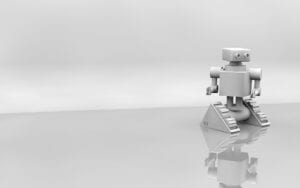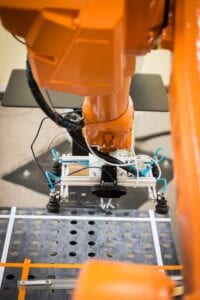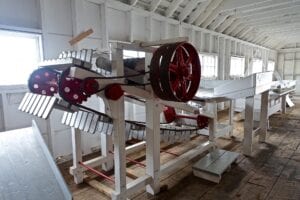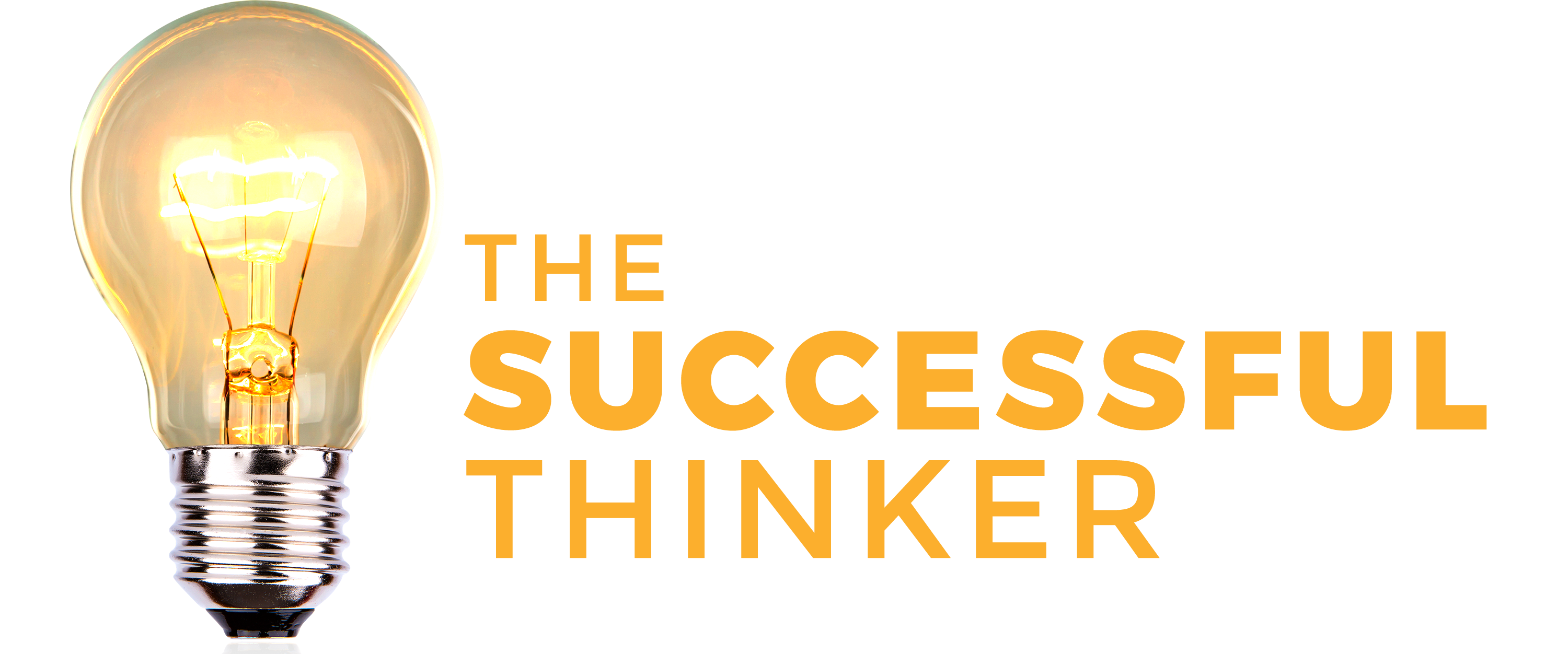For the last two hundred years, manufacturers have been coming up with ingenious methods to get machines to do the work of men. That process, however, appears to be reaching its limits, as exemplified by the recent experience of Elon Musk at his Fremont plant. There seems to be a point at which increased automation leads to diminishing returns. What’s going on here?
Why Too Much Automation Is A Problem

To understand why too much automation is a problem, we need to appreciate the current technology stack. Right now, bleeding-edge companies are experimenting with industry 4.0 technologies. The idea is to get all parts of the production process collecting sensor data and communicating with each other. The more that one part of the line can report to another (and HQ), the more efficient the system becomes.

Well, that’s the theory, at least. Interestingly, though, while the technology exists for massive automation, relatively few firms currently use it to its full extent. Modern automakers, like Jaguar-Landrover and BMW, still make heavy use of human hands, even though machines could theoretically do the work.
The fundamental reason why they don’t comes down to calibration costs. Today you can get GD&T training online which teaches workers all they need to know about tolerances in manufacturing processes. It takes a little time, but after a while, the vast majority of humans are then able to deploy their knowledge on the fly.
By contrast, machines cannot do this. If they want to learn something new, they either require programming or the luxury of making millions of mistakes to train their neural networks.
Technology Isn’t Always Ready
Elon Musk saw that the current state-of-the-art technology would allow him to automate vast swathes of production at his facility in California. But what he didn’t bank on was the fact that the costs of doing so would be so high. Humans add flexibility to the production process, whereas machines make no provision for it whatsoever. You have to program them down to the precise millimetre to get them to do what you want. Otherwise, errors start cropping up in your processes, and you have to start again.

Automation will probably continue to advance despite this as systems become less brittle. But even as things get better, factories will still require people to oversee their processes. Artificial intelligence is not going to eliminate them all at once. There will be several years of transition in which cognitive computing advances take over more tasks, pushing traditional workers into new areas.
In the manufacturing industry, they’re very keen on the phrase “you need to learn to walk before you can run.” Established companies can see the potential of extensive automation in their facilities, but they also know the risks from bitter experience. Often, it is better to get your production process up and running, even if you rely on thousands of workers because at least you can make something. Automation forced Musk’s biggest factory to remain idle for months on end as engineers tinkered with machines and tried in vain to get everything to work together.

